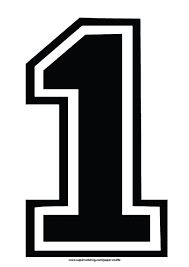When we want to speak about a single item or creature, we say “one” in English (“I only found one”). If we want to stress its singularity, we may say “just one.”
If you go to the market and find only one melon, you may report back in Armenian that Miayn meg had sekh kuda (Միայն մէկ հատ սեխ գտայ), literally “I only found one [piece of] melon.” This is indeed accurate, as it identifies the piece (had) of the item in question.
However, people sometimes tend to turn human beings into . . . melons. How come? For instance, when they say An yergoo had zavag ooni (Ան երկու հատ զաւակ ունի), namely, “He (or she) has one [piece of] child.” If you translate the phrase from Armenian into English, you will never use “piece” of course, but you can hear literally the phrase in conversations, instead of the correct form An yergoo zavag ooni (Ան երկու զաւակ ունի).
As one American president said, “you ain’t seen nothing yet.” There is the worst case scenario, when meg had is used without thinking twice, and then, it becomes ridiculous.
Here are some nice examples:
- A student asks the teacher Oriort, meg had asiga patsadretsek (Օրիորդ, մէկ հատ ասիկա բացատրեցէք), which should be “Miss, please explain this” in plain English. Instead of meg had, the simple hajik (հաճիք – “please”) would do miracles here: Oriort, hajik asiga patsadretsek.
- Someone suggests about a reader Meg had yevs togh garta krootioone (Մէկ հատ եւս թող կարդայ գրութիւնը), namely, “Let him read the write-up once again.” Of course, it should be ankam me (անգամ մը): Ankam me yevs togh garta krootioone.
- A visitor is very unhappy with your hospitality and threatens: Meg had al tser doone bidi chkam (Մէկ հատ ալ ձեր տունը պիտի չգամ – “I won’t come to your home again”). If he does not like ankam men al (անգամ մըն ալ), he could say aylevs (այլեւս) instead of meg had al: Ankam men al/aylevs tser doone bidi chkam.
Make a reality check and ask yourself how many times you say any of these in a week. Then, see what you can do about it.

